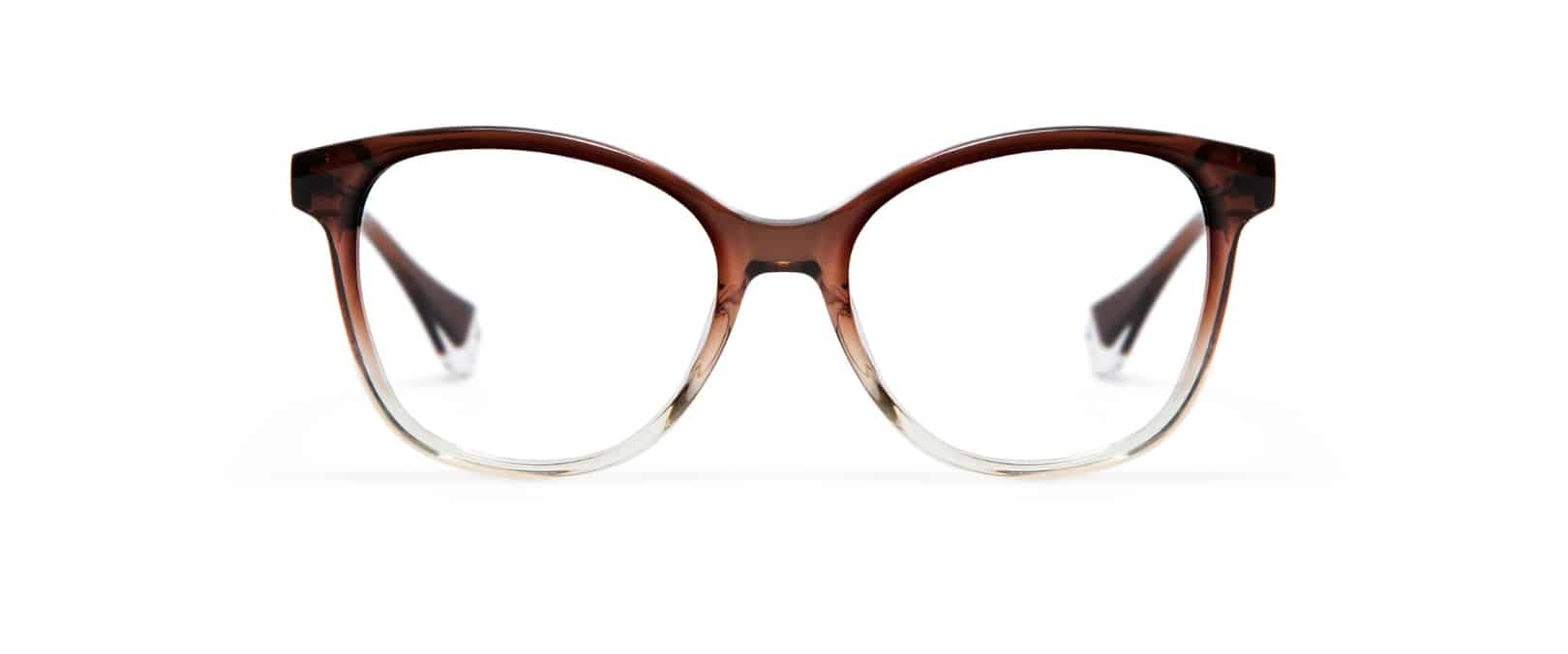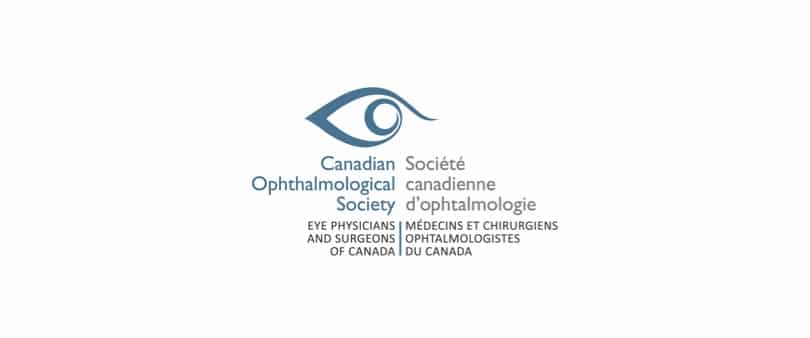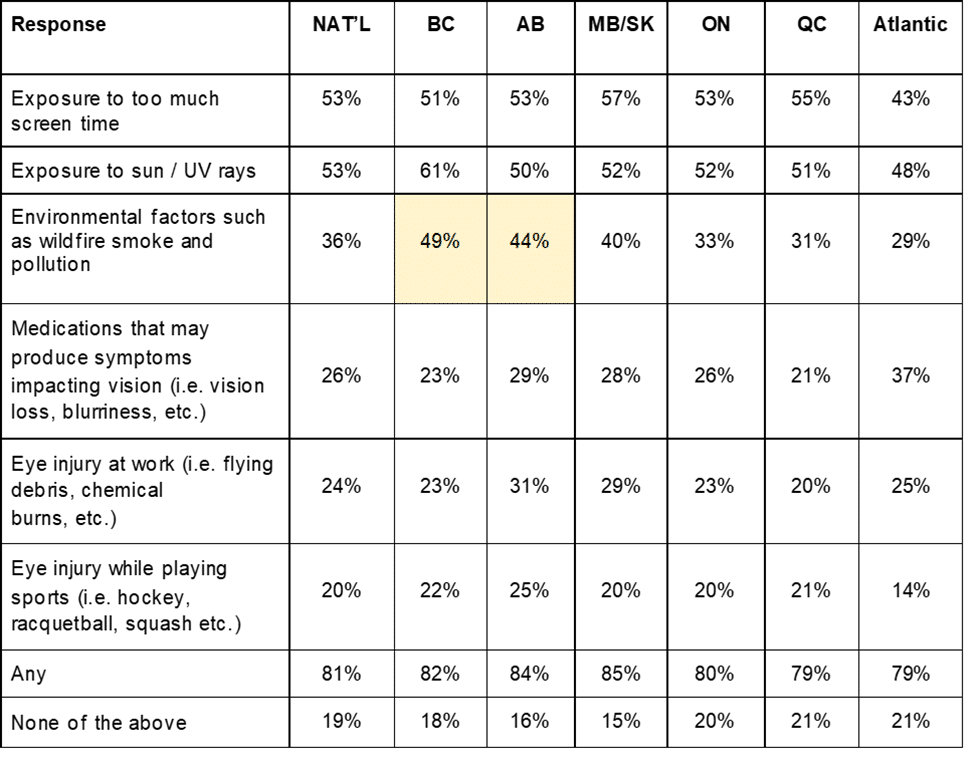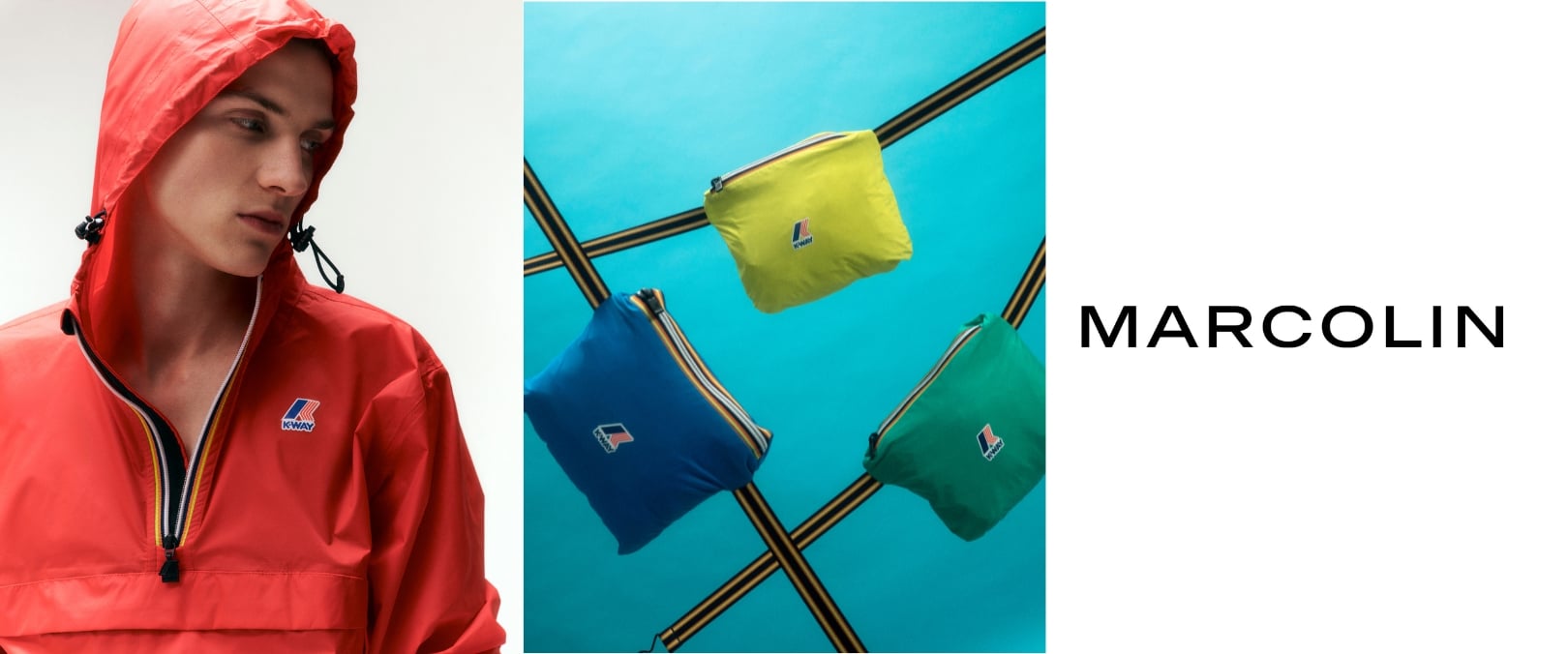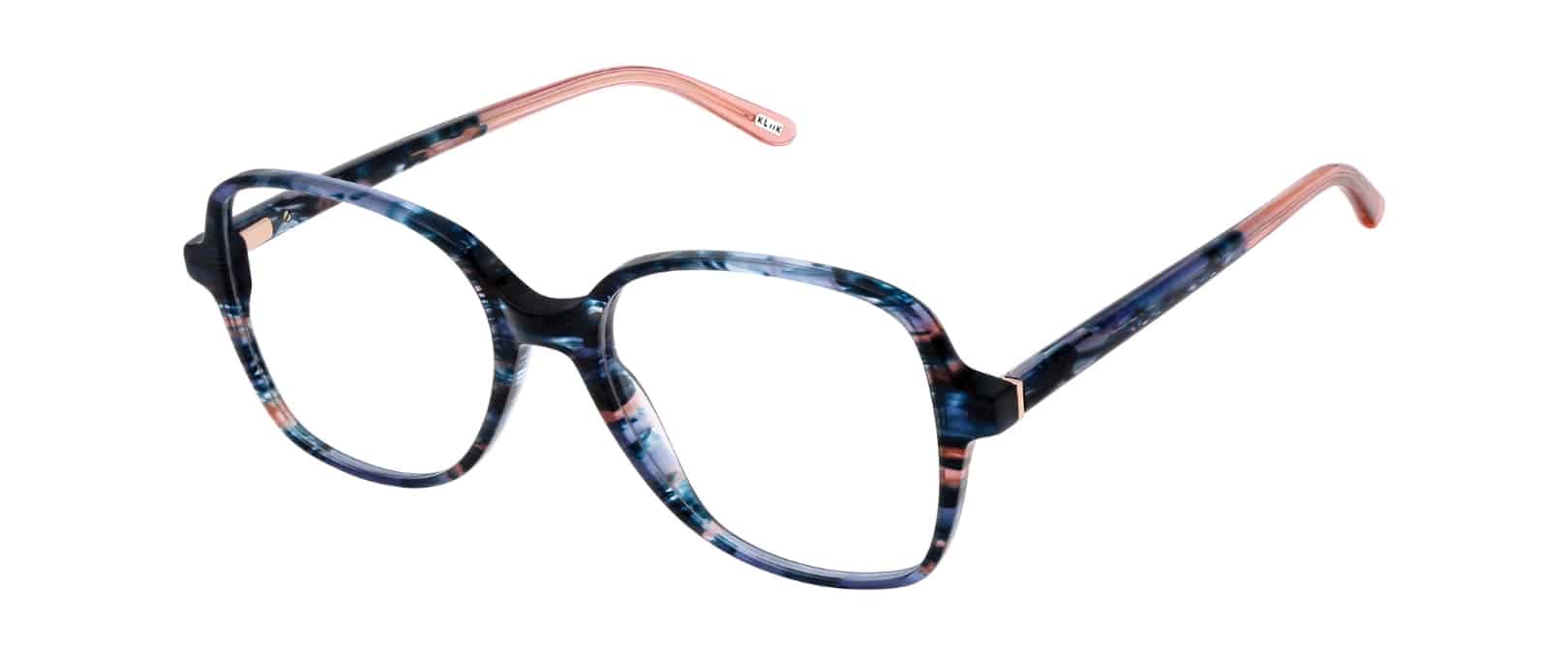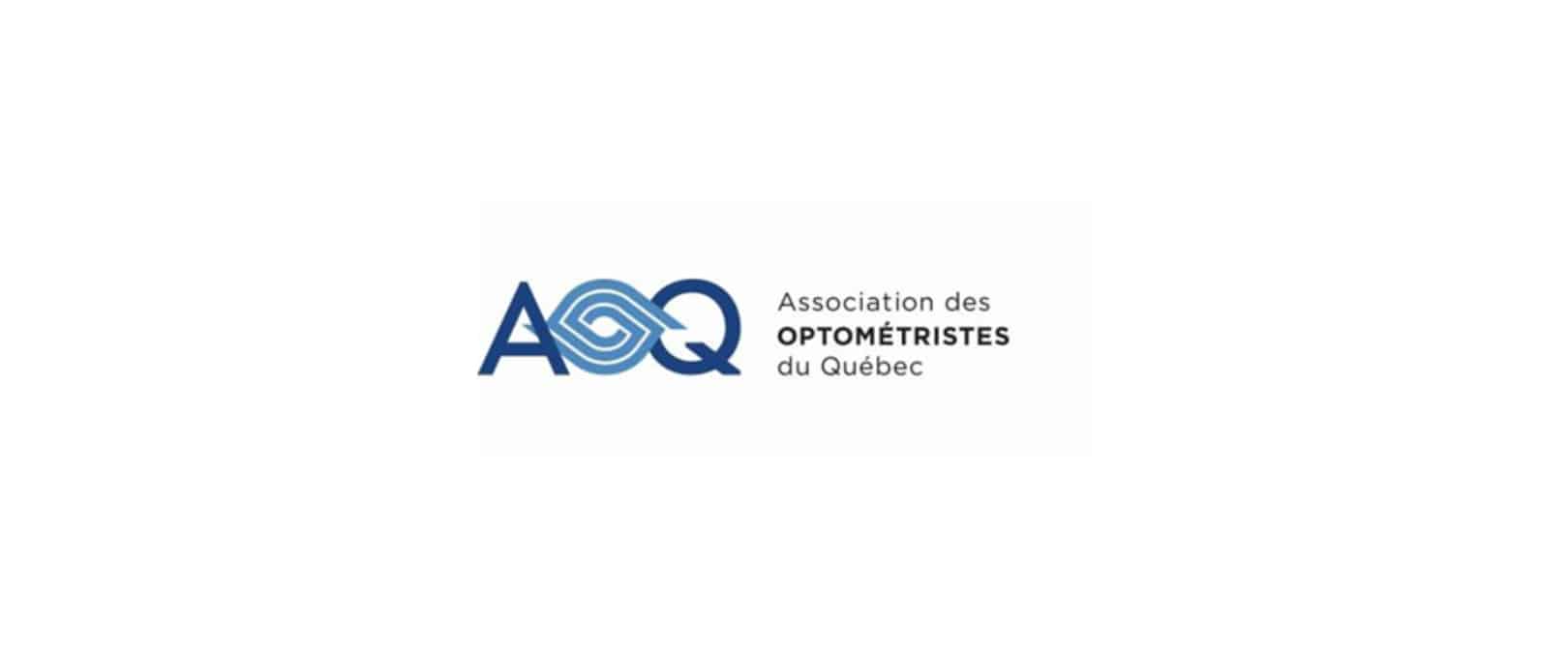CooperVision is calling attention to three studies accepted for presentation during the ARVO 2024 Annual Meeting, which is expected to attract thousands of researchers, ophthalmologists, optometrists, educators, and students to Seattle from May 5-9, 2024. As part of a broad scientific program at the conference, the company is showcasing findings related to the long-term wear of its MiSight® 1 day contact lens, use of its Paragon CRT Dual Axis® orthokeratology contact lens, and corneal immune cell variations in contact lens wearers that may impact comfort.
“Our presence at ARVO has grown over the past decade, reflecting our expanding commitment to eye care professionals through an evidence-based portfolio. This year’s scientific program exemplifies several aspects of our post-market and pre-commercial research alike, with the intent of expanding confidence in current products while innovating for the future.”
Francis Erard, Vice President of Research and Development, CooperVision
Long-term impact of daily disposable hydrogel soft contact lens wear on corneal endothelium in children (Lam H, Jones S, Logan N) explored the long term impact of contact lens wear on corneal endothelium and corneal morphological characteristics in children who had taken part in the MiSight® 1 day clinical study.* This investigator-initiated study continued to follow 20 participants—now aged in their late teens and early 20s—who successfully participated in the landmark study for 10 years at the Aston University (UK) site.
Non-contact specular biomicroscope imaging of the central corneal endothelium allowed for contiguous cell analysis across multiple parameters, including endothelial cell density, average cell area, coefficient of variation of cell area, percentage of hexagonal cells, and central corneal thickness. The researchers determined that when compared to an age-matched group of non-contact lens wearers, long term, full-time wear of their daily disposable contact lenses had no impact on the corneal endothelium.
Incidence of adverse events during 12 months of orthokeratology overnight lens wear (Voltz K, et al.) evaluated the performance of Paragon CRT Dual Axis® (CRT-E) contact lenses† across four sites in China, building on past clinical trials for the widely prescribed product. 177 subjects aged 8-43 years whose eyes exhibited -0.50 to -4.00 DS myopic refractive error, up to -1.50 DC of astigmatism, and no corneal abnormality, used the test lens for one year, with eight post-fitting follow-up examinations that assessed visual acuity, refraction, and lens condition.
No serious or significant ocular adverse events were reported. The low incidence of observed mild device-related ocular adverse events—all of which were resolved—affirmed the safety of Paragon CRT Dual Axis® among myopic Chinese children and adults.
Diurnal changes in corneal dendritic cell density and morphology in symptomatic and asymptomatic contact lens wearers (Ng A, et al.) examined the variation of corneal immune cells with and without contact lens wear over a period of eight hours (from morning to evening), aiming to better understand how such dendritic immune cells can affect contact lens comfort. At least five non-overlapping sequence scans using non-invasive confocal microscopy were taken at the central and inferior cornea of 10 symptomatic and 10 asymptomatic hydrogel and silicone hydrogel habitual contact lens wearers.
Immune cells were elevated in the morning compared to the evening, irrespective of lens wear or lack thereof. Subtle differences in dendritic cell density and structure between symptomatic and asymptomatic participants suggest possible variations in ocular response to contact lens wear based on symptom status. The study also demonstrated the feasibility of corneal imaging over contact lenses, which could simplify monitoring of immune cells during lens wear.
The ARVO Annual Meeting draws approximately 10,000 vision scientists and ophthalmic professionals every year, spanning retina, cornea, glaucoma, retinal cell biology, age-related macular degeneration, diabetic retinopathy, cataracts, dry eye, basic research, and clinical private practice. For more information on the 2024 event, visit https://www.arvo.org/annual-meeting/.
* U.S. Indications for Use: MiSight® 1 day (omafilcon A) soft (hydrophilic) contact lenses for daily wear are indicated for the correction of myopic ametropia and for slowing the progression of myopia in children with non-diseased eyes, who at the initiation of treatment are 8-12 years of age and have a refraction of -0.75 to -4.00 diopters (spherical equivalent) with ≤ 0.75 diopters of astigmatism. The lens is to be discarded after each removal.
† U.S. Indications for Use: Rigid Gas Permeable Paragon CRT Dual Axis® Contact Lenses (paflufocon D) for Corneal Refractive Therapy are indicated for use in the reduction of myopic refractive error in non-diseased eyes. The lenses are indicated for overnight wear in a Corneal Refractive Therapy fitting program for the temporary reduction of myopia up to 6.00 diopters in eyes with astigmatism up to 1.75 diopters. The lenses may be disinfected using only a chemical disinfection system.
Click HERE for the full press release.
Want to see more like this article? Click here to subscribe to our FREE print magazines and e-newsletters!

